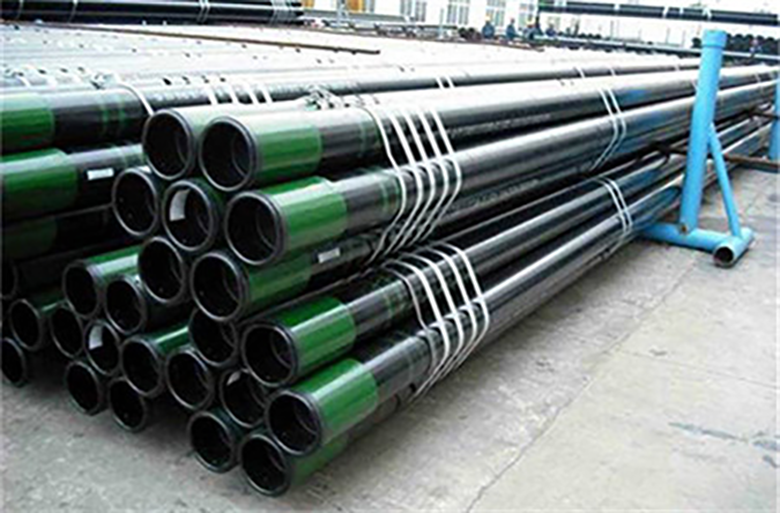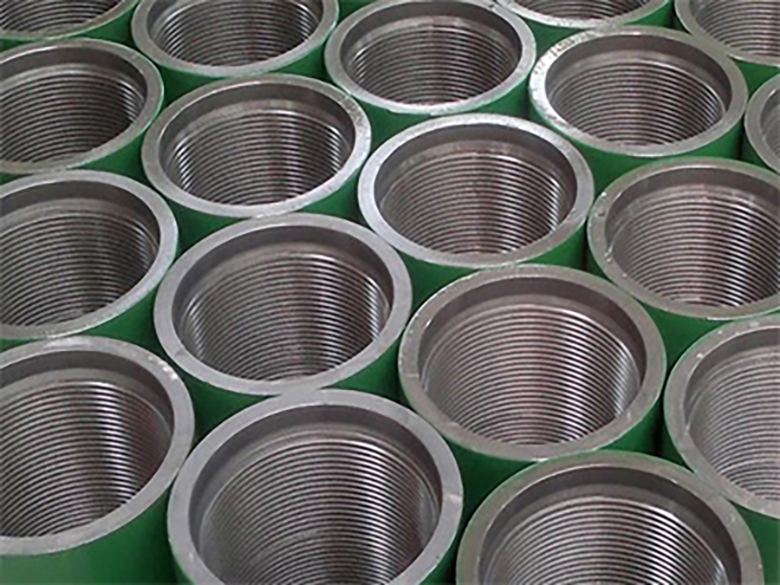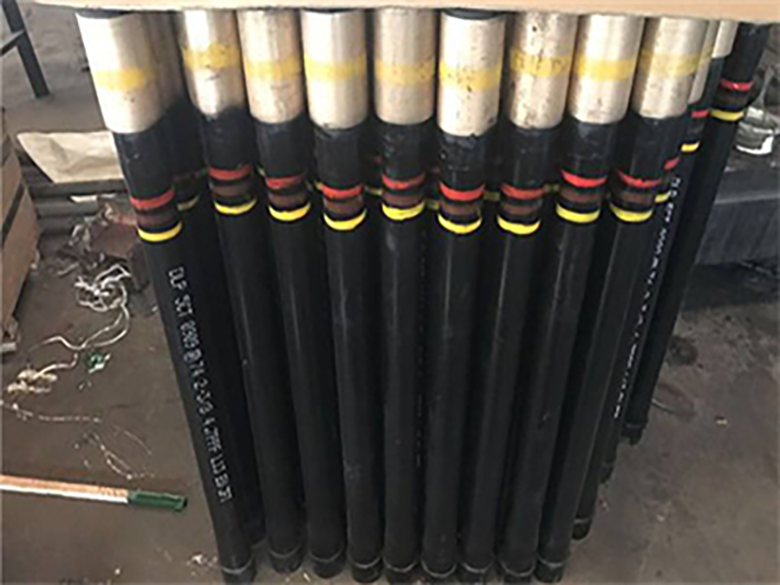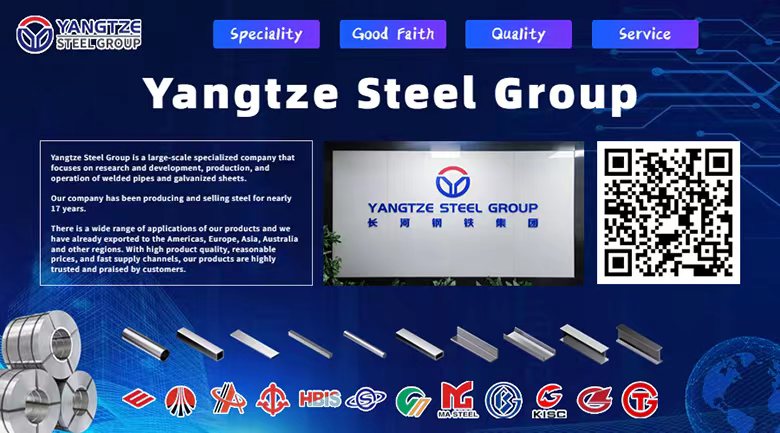The function and use of oil casing
Oil casing is a steel pipe used to support the well wall of oil and gas wells to ensure the normal operation of the entire oil well during the drilling process and after completion. Petroleum casing is usually made of steel, manganese steel and other alloy materials. Its nominal diameter is usually between 114mm-620mm, and the length also has different specifications and requirements.

The main functions of oil casing include:
1. Fixed well wall: Petroleum casing reinforces the wellbore wall to prevent wellbore wall collapse and side leakage to maintain the stability of the wellbore wall.
2. Isolate different layers: Petroleum casing prevents the intersection and intersection between different layers, and avoids mixing and contamination between different layers.
3. Support wellbore equipment: As the main support component of the oil well, oil casing can support and protect the lower wellbore facilities.

The technical requirements for oil casing are very high. It is necessary to select different specifications of casing according to different strata and drilling conditions, and carry out corresponding anti-corrosion treatment. The selection and use of oil casing must comply with relevant industry standards and safety regulations.

Oil casing plays a vital role in the exploration and development of oil and gas fields. It can ensure the safe and smooth progress of drilling operations, isolate different layers, protect downhole equipment, prevent formation pollution, and facilitate maintenance and repair.

Editor: Lucas
Mail: lucas@yangtzesteel.com








